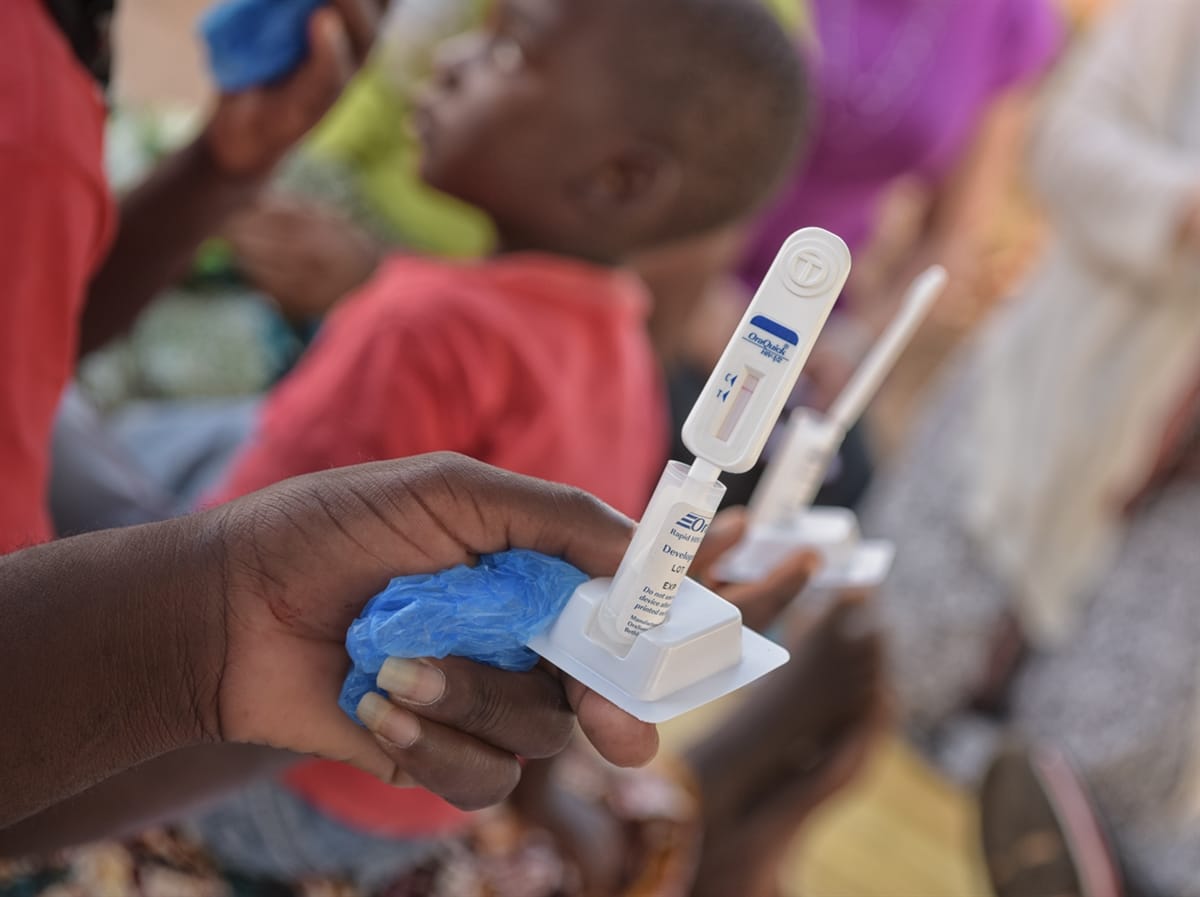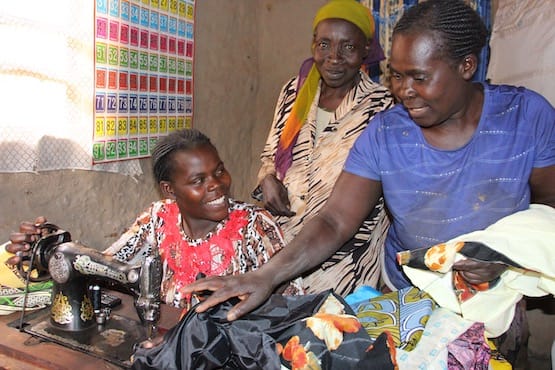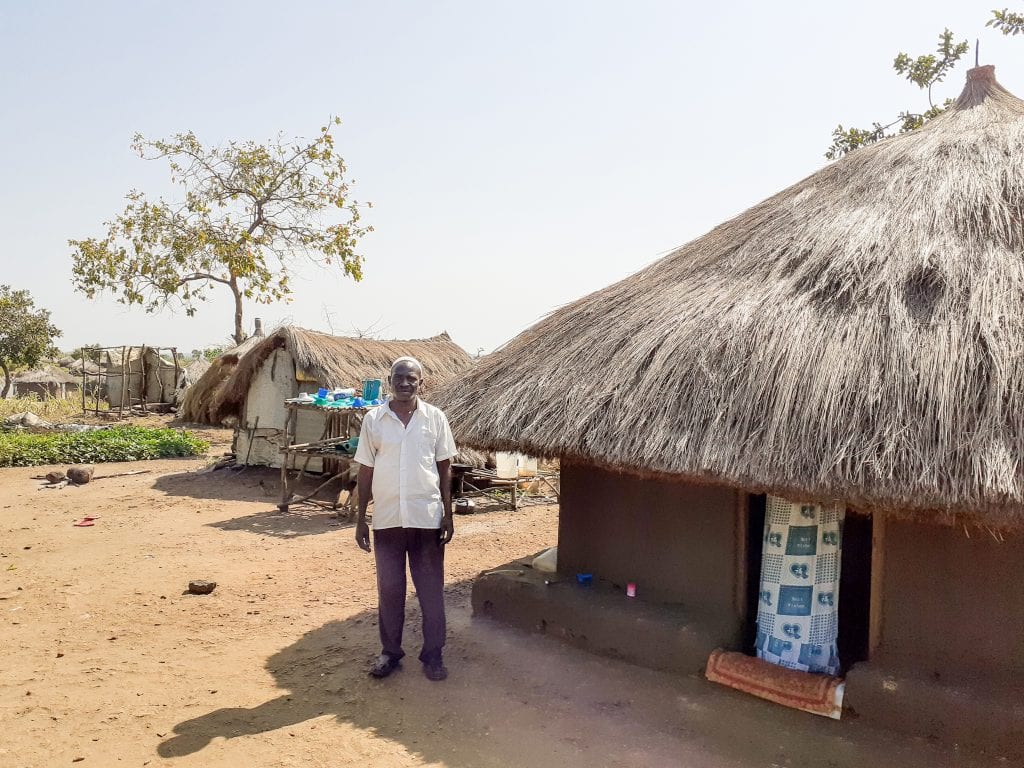by Esha Thaper, Fred Hollows Foundation
To some, “What does blindess look like?” might seem a strange question. There’s a perception that blindness is binary, but for most people with vision impairment, it’s not a matter of seeing nothing versus seeing clearly. The reality is somewhere in between.
In time for World Sight Day on October 12, the team at The Fred Hollows Foundation created an online Sight Simulator that gives people a sense of what vision impairment is really like.
What is World Sight Day?

A man with dense cataract. Photo credit @ Michael Amendolia
World Sight Day (WSD) is an annual day of awareness held on the second Thursday of October, to focus global attention on blindness and vision impairment. It is a timely reminder about eye care issues that so many people around the world face. Four out of five (80%) of the world’s blind are avoidably so. This means a huge number of people are blind when they could have been treated or had their symptoms prevented through known, cost-effective means.
A study in The Lancet indicates that avoidable blindness is set to triple by 2050. So World Sight Day is the perfect time for people to arm themselves with knowledge about vision loss and blindness.
If we know more about what vision loss really means, we can take action and do something about it.
What is the Sight Simulator?
The stats around blindness are shocking, but it can be even more shocking to realise just what living without sight is like.
What a busy intersection could look like for someone with diabetic retinopathy
In The Fred Hollows Foundation’s Sight Simulator, you can search for a familiar address or iconic landmarks using Google Street View and see what it would look like when viewed through varying severities of vision loss due to cataracts, glaucoma or diabetic retinopathy.
You’ll see that famous places like Times Square are hard to identify with dense cataracts or severe diabetic retinopathy, and even familiar locations like your home or workplace can become unrecognisable.
As you explore the street view around you, facts about avoidable blindness will pop up on the screen. For example, did you know that cataracts are the leading cause of blindness worldwide? Or that everyone who has diabetes is at risk of developing diabetic retinopathy?
Your turn to check out the Sight Simulator.
Now that you know, what can you do?
Does using the Sight Simulator make you want to do something about the rate of avoidable vision loss and blindness?
You can, by seeking out organisations like The Fred Hollows Foundation who work with partners in developing countries to screen eyes for any sign of disease and then provide treatment accordingly, all at a fraction of what such services would cost in industrialized nations.
 Able to see again after six years with cataracts. Photo credit @ Hahn Tran
Able to see again after six years with cataracts. Photo credit @ Hahn Tran
We mainly work to reduce the impact of diseases such as cataract, trachoma and diabetic retinopathy, for which safe and cost-effective ways of preventing vision loss or providing treatment are available.
Our in–country work involves local training and providing affordable technology, so doctors, nurses and health care workers can recognise, diagnose, refer and treat eye problems in their communities. We use research to improve our understanding of avoidable blindness, then use our findings to implement strategies and advocate for change.
If you want to understand what it’s like to view the world around you without full eyesight, check out the Sight Simulator.






